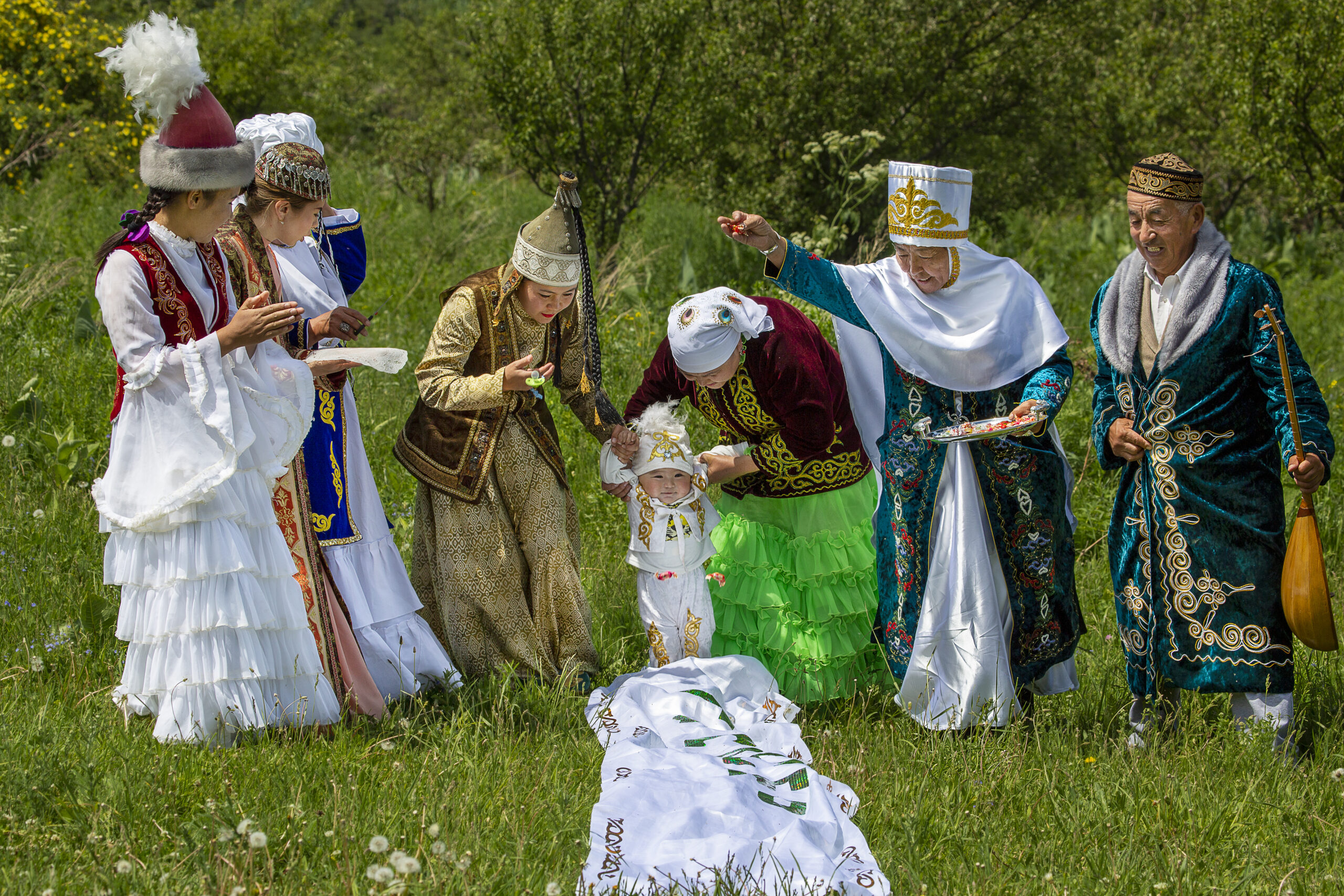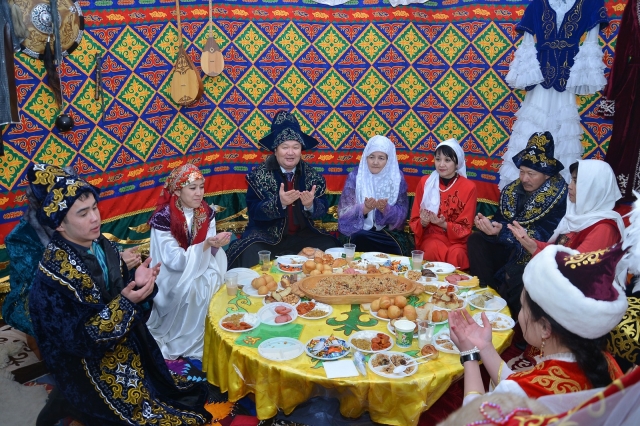ASTANA – Kazakhstan celebrates the Day of Culture and National Traditions on March 16, dedicated to promoting its culture, arts, and values. The day is part of the Nauryznama Decade, a new format of the Nauryz holiday celebration.

Photo credit: istockphoto.com/Ozbalci
Kazakhstan boasts a diverse population and cultural landscape, with various ethnic groups coexisting and contributing to its rich tapestry. Despite this cultural mixture, each ethnic group in Kazakhstan carefully preserves its cultural traditions and customs. The Kazakhs, in particular, have numerous traditions passed down from generation to generation, notably their renowned hospitality.
Hospitality is a key tradition among Kazakhs ingrained in their national character. Guests are warmly welcomed into Kazakh homes, where they are treated with the utmost respect and generosity. This tradition stems from the nomadic heritage of the Kazakh ancestors, where stopping at unfamiliar houses was common, known as Konakasy. Guests were welcomed into yurts and treated with traditional Kazakh cuisine and beverages.

Bata beru, a special blessing traditionally expressed poetically by the host or the eldest person in the house. Photo credit: e-history.kz
Another tradition, Konakkade, involves the host inviting guests to share their talents, such as singing or playing musical instruments, at the end of the feast. Before departing, guests receive a special blessing, called Bata beru, traditionally expressed poetically by the host or the eldest person in the house.
Particularly esteemed guests may receive additional honors, such as the ceremonial presentation of a horse and a shapan, an embroidered robe made of camel hair.
Shashu is another notable Kazakh tradition where guests are lavished with sweets and money, bringing joy to children who eagerly collect the treats. According to Kazakh belief, the sweets gathered during Shashu symbolize good luck and prosperity for the family. This custom is observed at various gatherings, including weddings, matchmaking events, and similar occasions.
According to Gulzada Shokasheva, a scholar in Asian studies, Kazakhs meticulously uphold their traditions in the modern era. Despite technological advancements and digitalization, families maintain a deep connection to their cultural heritage.
Shokasheva emphasizes the significance of celebrations related to children, underscoring their importance in Kazakh families. Family values, including the principle of zheti ata – knowing seven generations of one’s ancestors and maintaining the family line on the paternal side – are reflected in various customs and rituals.
“Significant events in a child’s life, like the Kyrkynan shygaru ceremony held on the fortieth day after birth, are deeply rooted in Kazakh tradition and passed down through generations,” she said.
During the ceremony, the newborn is bathed in water with coins symbolizing prosperity and silver jewelry symbolizing purity placed at the bottom. The child also receives their first haircut on this day.
“Following ancient Kazakh tradition, infants are shielded from public view for the first 40 days of life. During this period, their hair and nails are left uncut as a protective measure, believed to strengthen their defenses against negative influences and dark forces,” explained Shokasheva.

During Tusau kesu ceremony special bonds tied around the child’s legs are cut, allowing them to walk gracefully and run swiftly in the future. Photo credit: abai.kz
Another significant tradition associated with children is Tusau kesu. This ceremony occurs when a child takes their first steps, symbolizing their transition into mobility and independence. During this ritual, special bonds tied around the child’s legs are cut, allowing them to walk gracefully and run swiftly in the future. Only esteemed individuals such as respected elders, women with many children, or honored guests are entrusted with this task, using a knife or scissors to sever the ropes entwining the child’s legs.
“The child’s legs are bound with a colorful cord, typically made of black and white threads,” explained Shokasheva. “This symbolizes the duality of life, where challenges and triumphs coexist. It signifies that the child must be capable of overcoming obstacles”.
Accompanied by songs and well-wishes, the ritual seeks to instill strength and confidence in the child as they embark on life’s journey.
“The preservation of these traditions underscores the Kazakh people’s commitment to their cultural heritage, which has been shaped over thousands of years. These customs, spanning practical survival skills to sacred rites, lay the foundation of Kazakh identity and culture,” said Shokasheva.

